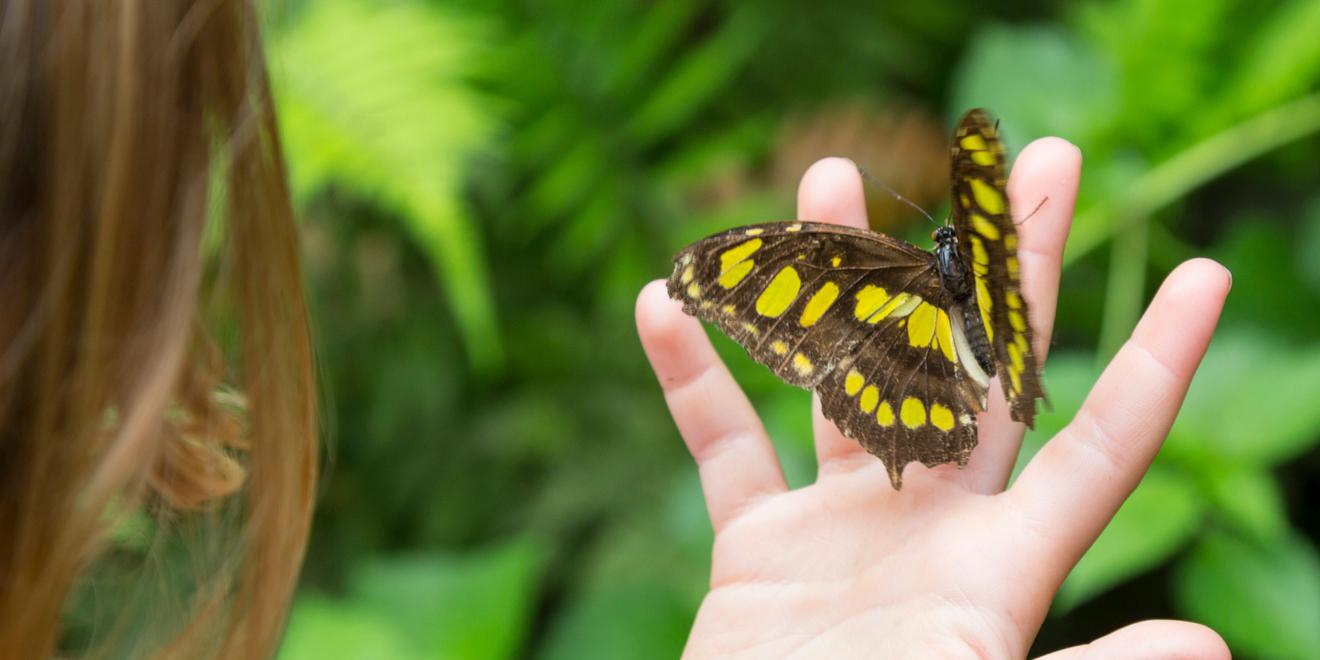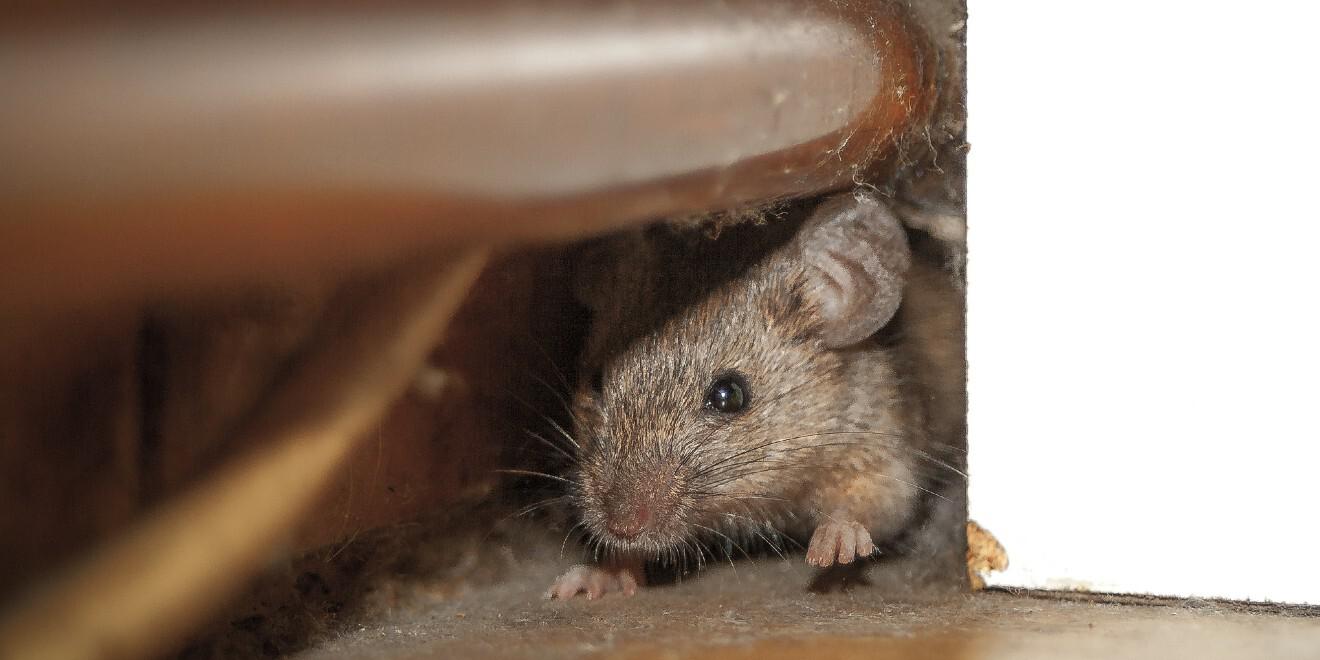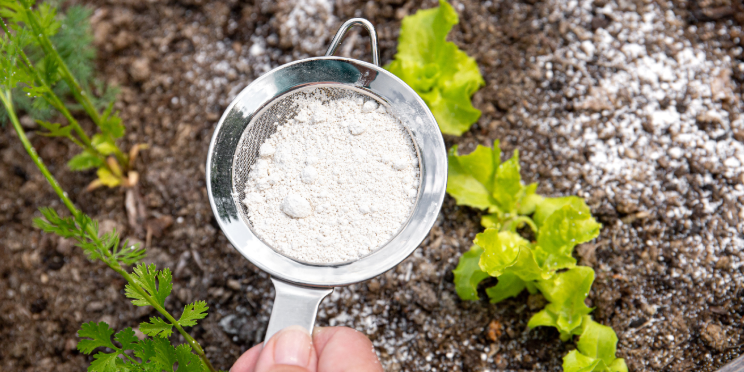Mosquito Masqueraders — Learn the Differences
Posted by Mosquito Squad
July 9, 2018
It’s easy to assume that any flying insect you see is a mosquito. After all, there are over 2,700 species of them, therefore the chances of it being a mosquito are pretty high. But believe it or not, there are many flying insects in your yard that are victims of mistaken identity. Here at Mosquito Squad, we realize that most people aren’t in the habit of getting an up-close inspection of every bug they see, so it’s quite understandable. Let’s take a look at the main mosquito masqueraders and learn a bit about how they differ from mosquitoes.
Midges (Chironomidae)
The term “midge” is a frequently-used blanket term for many kinds of small flies, so it’s easy to mistake many of these small bugs as mosquitoes. But the most widespread is of the family Chironomidae, which behave much like adult mosquitoes, but are non-biting. To confuse things even more, they go by many different names, depending on region. They’re known as “lake flies” in parts of Canada and middle Wisconsin, but “bay flies” in the areas near the bay of Green Bay, Wisconsin. They are called “sand flies”, “muckleheads”, “muffleheads”, “Canadian soldiers”, or "American soldiers” in various regions of the Great Lakes area. They have been called “blind mosquitoes” or “chizzywinks” in Florida. No matter what you call them, they’re most easily recognized by the swarms or “clouds” they fly in, usually near cars, in your lawn, around porch furniture, or even around people. When at rest, you can find them on walls, under eves, on fences, and in areas such as porches and entryways. Their larvae mature in standing water and scavenge decaying organic matter and algae for food, and once adults, they generally live for about seven days
Dixid Midges (Dixidae)
Dixidae are an aquatic midge, usually found swarming around lakes, streams, or moist areas with abundant vegetation. They’re poor fliers and their larvae, much like mosquitoes, live at the surface of slow-moving water, but they have a distinctive “U” shape swimming pattern. Unlike mosquitoes, they don’t have scales on their wings and lack a proboscis (that’s the long mouthpart that is used to suck blood).
Mayflies (Ephermeroptera)
Mayflies are another insect with many common nicknames, such as “shadflies,” “fishflies,” or "up-winged flies.” Regardless of what you call them, they’re not as easily mistaken for mosquitoes as other flying insects. Their wings are much bigger, and upward-slanted than others’, and are often abundant in aquatic areas. Adults can be found in large swarms, but they don’t bite, nor do they feed on homes, furnishings, food, etc. We like to think mayflies are some of the “good guys” of the flying insect world, as their presence is actually indicative of a healthy environment and clean water. But once they reach their adult stage, their life is relatively short — they’ll live long enough to mate and lay eggs, which can be anywhere from a few hours to a few days. Still . . . if you see swarms of mayflies, this is a good thing.
Crane flies (Tipulidae)
Crane flies are often mistaken for mosquitoes, but are much larger and have much longer legs. You’re likely to find these flying around your porch lights, but they don’t bite people. Their larvae live in loose soil or organic matter, and they feed on the roots of plants.
Wood gnats (Anisopodidae)
Though they can be found throughout the years, these mosquito masqueraders are attracted to light and you’ll often find them hanging out outside your windows in the springtime. They can also be found in or near damp places, around flowering sap, and on foliage. They can be either appear reddish or grayish black. Like mosquitoes, they sometimes form small swarms. Their larvae live in all sorts of places, like rotting plants and their parts, animal manure, tree trunks, mud, and even sewage. Clearly, these guys aren’t picky!
Fungus gnats (Sciaridae)
Fungus gnats are very tiny (at most 7mm long) black flies with large wings and large antennae, and can be found in moist environments like household plant pots or flower boxes, which can make them a nuisance indoors sometimes. You can often find them near lights and windows. They’re known to be a common pest to mushroom farms. Like mosquitoes, they don’t stray too far from where their breeding site. Larvae feed on organic matter found in the wet and decaying matter of their environment. It takes them about 10 days to mature to an adult from an egg, and they live for about two weeks after becoming adults.
Dance flies (Empididae)
No, they’re not going to challenge you to a dance-off in your backyard, though they’re often confused with mosquitoes because they can be found in sunlit swarms in your yard. They do get their name from the way the males appear to fly up and down when looking for a mate. They’re much different from mosquitoes in their mating habits — a male appeals to a female with an insect they caught, then wrapped in silk and presented to the female as an offering. Females seem to choose a male with the most enticing offering, although sometimes males will just offer an empty ball of silk. Their larvae are usually found in decaying deterrable matter, aquatic areas, under the back of trees, or rich, moist soil.
These are only a few of the most common mosquito masqueraders, or should we say, those who people often mistake for mosquitoes. (They’re not intentionally looking to be mistaken.) If you see any bugs that are hanging around your porch, porch lights, or windows that you think could be mosquitoes, they may actually be one or more of the above bugs. Mosquito Squad doesn’t treat your porch lights, windowpanes, or areas where you may encounter these bugs, therefore that’s why you may see some in these places. We specialize in treating for mosquitoes and ticks, and the areas where they are most likely to be found and thrive in your yard. We guarantee up to 90% reduction of those in your yard for up to 21 days at a time. Give us a call at (610) 463-0507 for a free consultation on how we can help you take back your yard!















